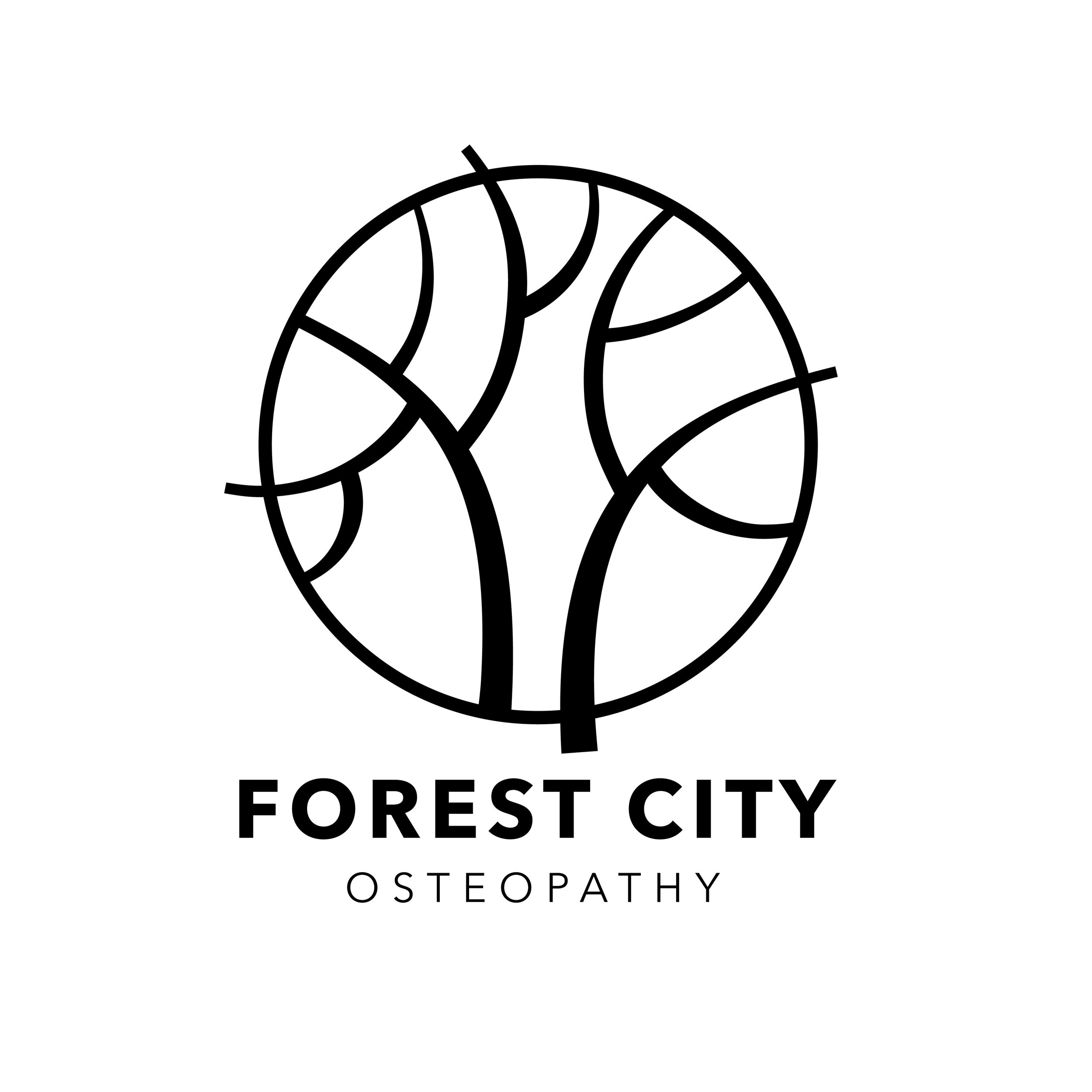What is Craniosacral Therapy anyway?
If you are looking for some more information on craniosacral therapy, check out this Q&A written by our very own Heather Curry.
What is CranioSacral Therapy?
CranioSacral Therapy is a gentle, light touch approach that releases tension in the central nervous system so that every other system in the body can relax; self correct and free itself of pain and discomfort. Heather Curry is trained by the Upledger Institute and has advanced her training through the five year osteopathic program, the Canadian College of Osteopathy. Craniosacral therapy is a small part of what is taught in Osteopathy schools. Craniosacral therapy is within the treatment scope of RMT’s.
How can it help me?
CranioSacral Therapy (CST) can help with numerous conditions to release restrictions that cause pain and discomfort. It works to release fascial restrictions surrounding the nervous and vascular systems. CST can help with headaches, chronic neck and back pain, motor-coordination impairments, colic in infants, central nervous system disorders, traumatic brain and spinal cord injuries, learning disabilities, chronic fatigue, stress, fibromyalgia, neuralgia, TMJD, immune disorders, neurovascular disorders, post-traumatic stress disorders, post surgical dysfunction among others.
What do I wear in a treatment? And what can I expect?
Please wear loose, comfortable clothing. Restrictive clothes, such as jeans are harder to palpate through. Your therapist will be asking you questions about your history. They will do some orthopedic tests to check the balance of your pelvis / hips and spine and few compression tests to see where restrictions are being held in the body. They will be touching / holding the sacrum, the base of the skull, the head, the ribcage, the abdomen and hips depending on the restrictions. They may need to do work inside the mouth. Everything will be explained and consent is always voluntary during the treatment.
How many sessions will I need for my ________ problem?
Sometimes this answer is variable based on your individual history. Typically, the longer the problem has been manifesting itself, the longer it will take to resolve. Sometimes CST is like peeling an onion; releasing one restriction can lead to a another area that needs to be worked on. I usually suggest three treatment sessions fairly close together to see how you respond.
I didn’t feel much, why not?
CranioSacral therapy is a light touch technique, which allows the nervous system to relax and work with, not resist, the therapist’s touch. The physiological manipulations we make are very subtle, sometimes only moving the tissue a millimeter or less. Some people feel this movement amplified, but others don’t feel anything. Most people, however, feel very relaxed during and following the treatment.
What may I feel?
Some people feel little or nothing during their CST session. Besides the feeling of relaxation, some clients may feel small muscle twitches and/or involuntary muscle movement. Their stomach may grumble, and they might notice their breathing change. It is important to move slowly and drink plenty of water following your session. If you don’t feel anything, don’t worry, that is normal, too.
How come I feel pain in my _____ when I didn’t feel it at the beginning of the session?
CranioSacral works to release restrictions in layers like peeling an onion. Sometimes, releasing one layer can have the eect of bringing another to the surface. Our bodies are fabulous at compensating for injury or restriction and once we take away their compensatory crutch, old injuries may present themselves in a new way. I like to think of change in sensation as progress towards health. It can also take a few days for your body to integrate the changes that we made during the session. During that time you might feel new sensations. If you have any questions, please call me, and I’d be happy to answer any questions you might have.
To book with Heather Curry for CST use the link above!

